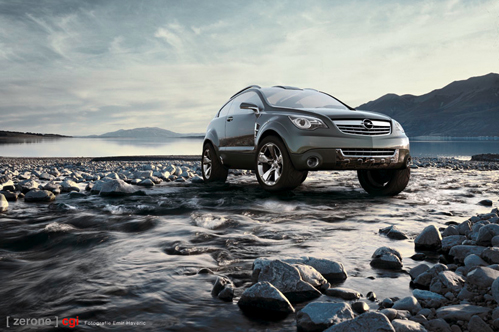An average commercial break on TV isn´t the most mind-expanding experience in the world. It is the exact opposite: a dull blend of flavorless clichés and stale conformity. The happiest families, the whitest teeth, the biggest cars. Life is perfect in commercial land. Perfectly boring!
So why aren´t there any more good ads out there? Is it because we – the advertising creatives – can´t think of anything more intelligent than the usual mainstream crap that disrupts your soap opera? Believe me: it´s not! We have drawers full of commercial scripts that would make you laugh. Make you cry. Make you buy the product!
Let me explain to you why most of these ideas never end up on your screen. Let´s play a little game… A simulation of what usually happens to good ideas. And how easily very good can turn into very bad.
First, let´s look at one of the best ads ever. The SONY BRAVIA commercial “Balls”, directed by danish director Nicolei Fuglsig. A mind-bursting, touching, hypnotic masterpiece! We all know it. But let´s watch it again, shall we?
Done? I know. It´s perfect!
Now let´s imagine it didn´t exist yet. That it was only an idea. A vision in the creative´s head.
The creative writes it down. He presents it to the client. The client likes it. The creative is very, very happy! (He secretly pictures himself on stage at the Cannes Advertising Awards). The agency starts working on the commercial. Production companies are being screened. The creatives talk to directors. The client calls. They have SOME MINOR CHANGES to the script. The creative thinks about jumping out of a near window.
What follows is an ordeal full of horrible abuse and dreadful torture of the script. It´s what happens every day in ad agencies around the globe. It´s what kills most good ideas.
The FALLON guys are really lucky that the following list of MINOR CHANGES never came:
1. The “deserted streets” (line 2 in the script) have to be populated. Sony is a brand for the people. We have to show them!
2. We want to see Branding right from the start. The Logo has to be on screen starting at frame one!
3. We must see THE PRODUCT IN USE. It should be a scene with a young family watching TV. 2 kids, one dog (research shows that kids work!)
5. Include CLOSEUPS of the product.
4. Superimpose the price once you see the product for the first time (which should not be later than 5 seconds into the commercial.)
5. The frog is unacceptable. Animals rights activists will complain. No frog!
6. We don´t like the music. It sound too depressing. We prefer something more cheerful. Lyrics should include the words “color” or “colorful”.
7. The logo in the end must be at least double the size!
We need the revised script with all the changes by tomorrow night. That´s when the FOCUS GROUPS start.
Focus groups. The REAL misery. And the sudden death of EVERY good idea …














